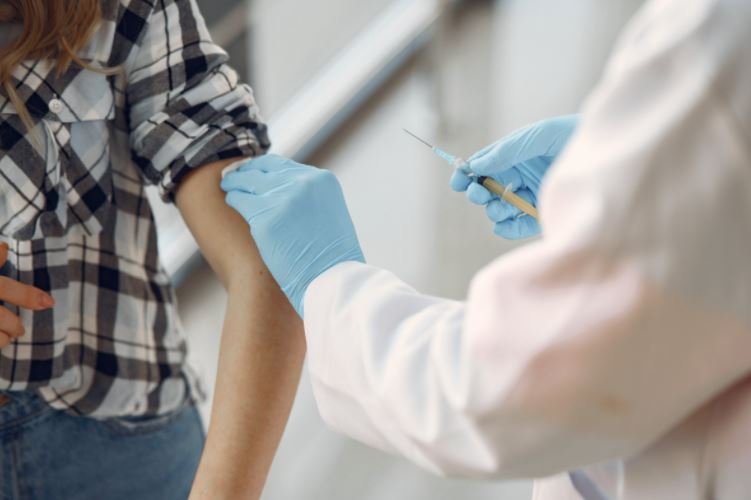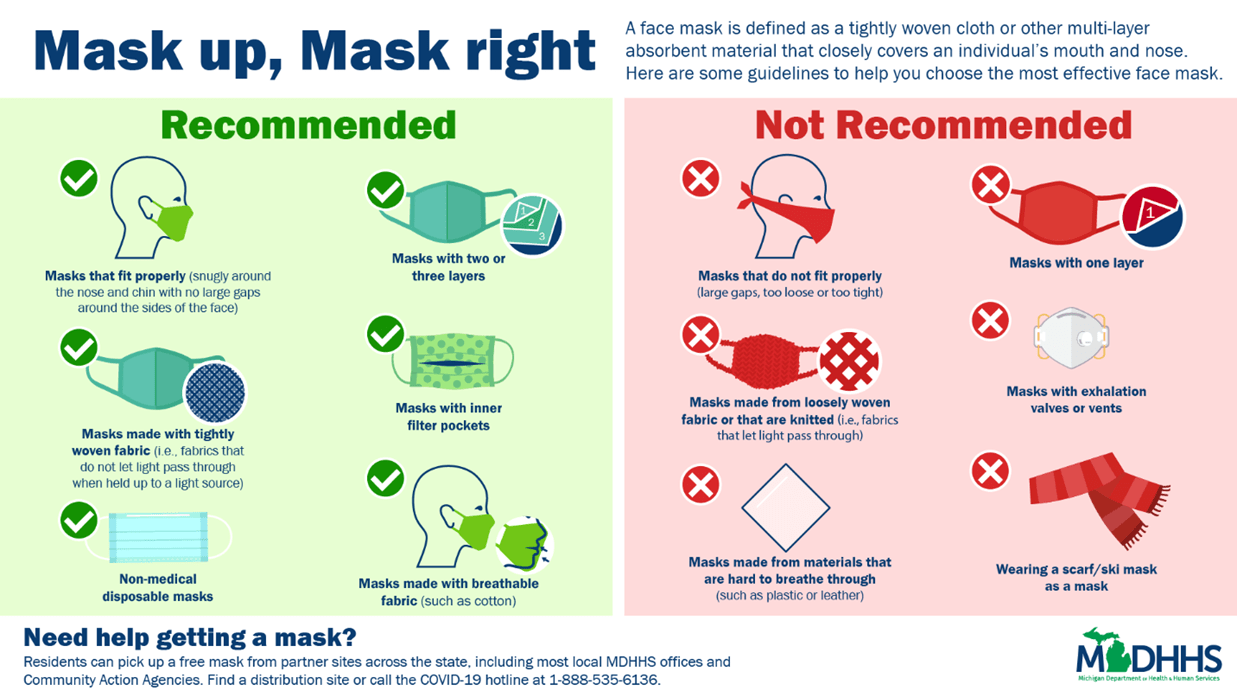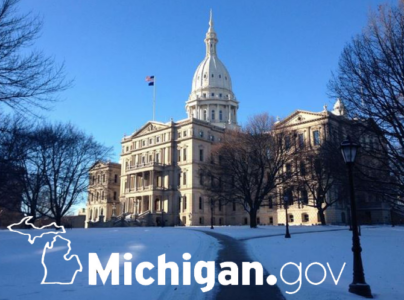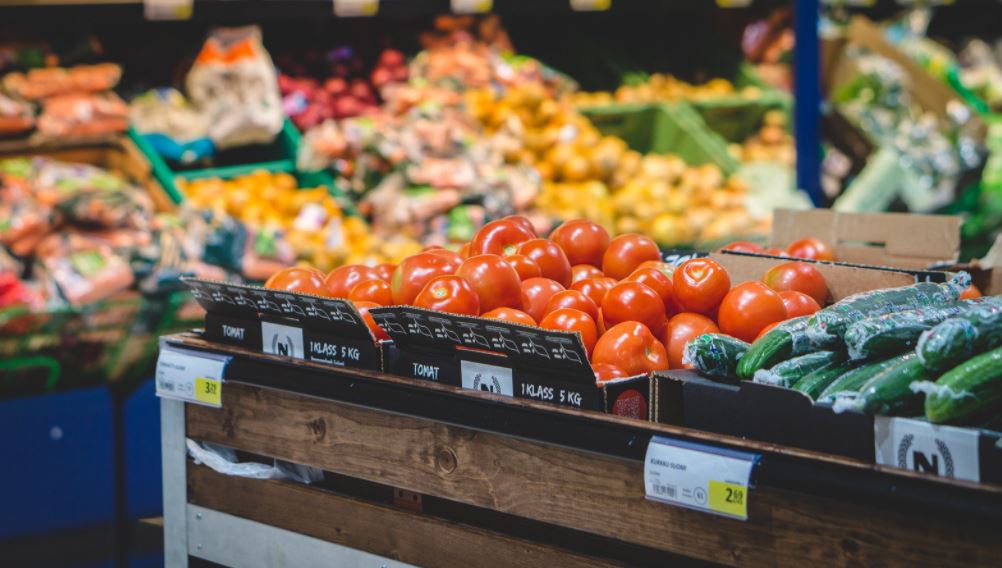
residents have multiple options for vaccine sign-up
Michigan residents have multiple options for vaccine sign-up
FOR IMMEDIATE RELEASE: Feb. 12, 2021
CONTACT: Bob Wheaton, 517-241-2112
LANSING, Mich. – Recognizing that residents have varying degrees of technology access and understanding, particularly seniors 65 and older who are currently eligible to receive the vaccine, the Michigan Department of Health and Human Services (MDHHS) is collaborating with community partners to ensure that anyone can sign up to get a vaccine when it’s available to them.
“Our goal is to ensure that every eligible Michigander who wants a vaccine will get one,” said Elizabeth Hertel, director of the MDHHS. “We know that residents across Michigan have different needs when it comes to access, so we’re partnering with groups like local health departments, hospitals, pharmacies, and 2-1-1 to provide multiple access points for signing up for a vaccine.”
All residents are encouraged to visit Michigan.gov/COVIDvaccine for the most up-to-date information about vaccine eligibility, safety information, and clinic locations. Residents who don’t have access to the internet or who struggle to use a computer can also call the COVID-19 Hotline at 888-535-6136, which is available Monday through Friday from 8 a.m. to 5 p.m. Local health departments and hospitals across the state have created sign ups, interest forms and waitlists, based on eligibility per the Michigan COVID-19 Vaccine Prioritization Guidance and will contact residents to schedule appointments as supply allows. Residents may also contact additional vaccination sites as they start to come online, such as local pharmacies like Meijer and others.
For residents that do not have reliable internet access, 2-1-1 has also partnered with MDHHS to help direct local residents to vaccination clinics. This builds upon the existing partnership between MDHHS and 2-1-1 for assisting residents with connecting to local testing sites. 2-1-1 is a free, confidential service that connects residents to local community-based organizations across the state offering thousands of different programs and services for people seeking answers. Seven regional 2‐1‐1 contact centers manage Michigan’s most up‐to‐date and comprehensive database of health and human services with over 7,000 agencies offering over 36,000 services across the state.
“Just as many other local, state, and federal systems have adjusted to the COVID-19 pandemic, 2-1-1 has been working collaboratively with the State of Michigan to help residents across the state with testing, emotional support, and now the vaccine rollout,” said Hassan Hammoud, executive director of 2-1-1. “We recognize that residents, especially seniors, need additional supports so that we can safely return to normalcy – and we’re proud to play a part in making a future without COVID-19 a reality for Michigan.”
Beyond scheduling appointments, MDHHS recently announced its partnership with the national education technology company GetSetUp. Through this partnership, the MDHHS Aging & Adult Services Agency is offering a series of sessions to walk older Michiganders through the Michigan COVID-19 vaccine website. The goal is to help older residents who are eligible for the vaccine find their local health department to register online for a vaccine appointment or to be added to the waitlist.
Information around this outbreak is changing rapidly. The latest information is available at Michigan.gov/Coronavirus and CDC.gov/Coronavirus. To learn more about the COVID-19 vaccine, visit Michigan.gov/COVIDVaccine.








